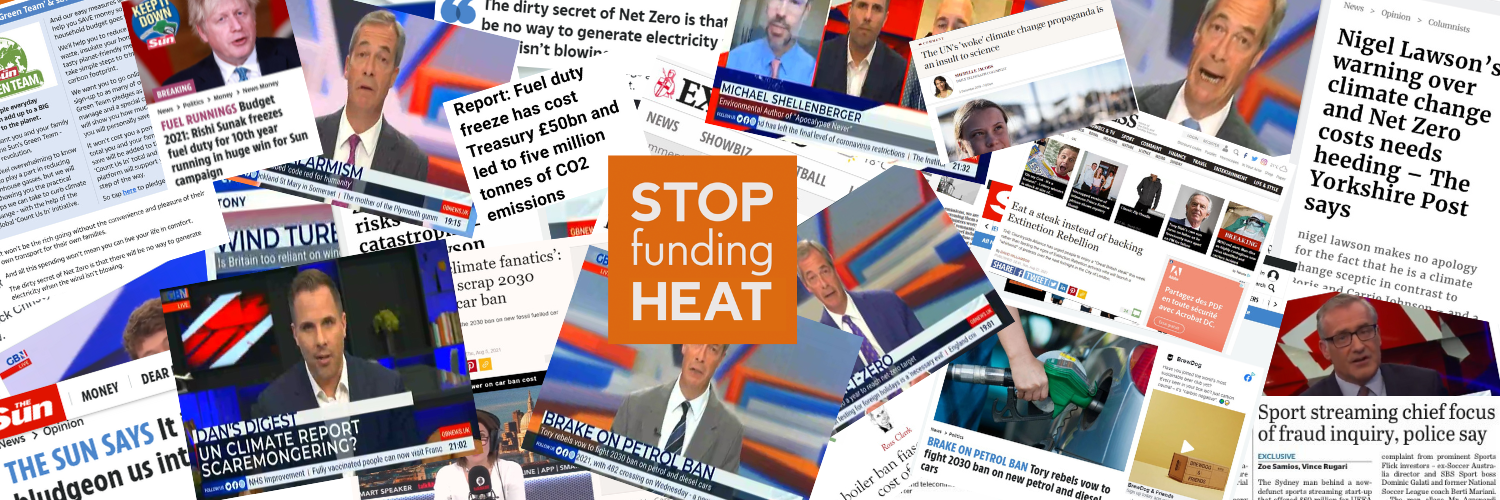If you follow our campaign you’ll hear us talk about climate misinformation and climate disinformation. Increasingly, articles about the climate crisis, global warming and climate policies (such as renewable energy) are also discussing climate misinformation. But what is climate change misinformation and what is climate disinformation? What is the difference between climate change misinformation and disinformation? And how do we combat climate misinformation?
Let’s break it down for you.
Climate Skeptic and Climate Denier – What’s The Difference?
They are the same thing. However, which one you see may tell you something about the messenger…
The term “climate skeptic” (or “climate sceptic” in British English) has been with us since people started questioning the science behind climate change. Over time, however, the term has been replaced with “climate denial”. This was not by accident – “climate skeptic” was a narrative frame chosen by the so-called “skeptics” themselves. To be skeptical can feel safe, careful, even correct. So the counter-frame of “climate denial” or “climate denier” was used in its place. And rightly so – the scientific consensus for human-made climate change is overwhelming, not to mention the proof in the increasingly extreme weather events worldwide. “Doubting” that science is nothing less than denial of the truth.
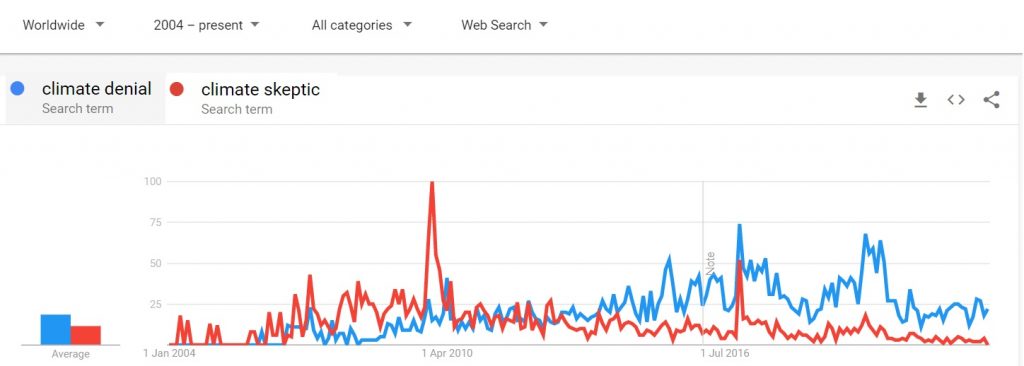
Data downloaded from Google Trends
So What is Climate Misinformation, Then?
In a way, it’s also the same. Climate misinformation is the latest frontier of climate denial, including a whole range of new arguments, tactics and narratives.
Full explanation: climate denial is a sub-set of climate misinformation. Climate denial was a term invented when people and organisations were regularly denying the science behind climate change. This was broken down into three main categories: 1) Climate change is happening in the first place 2) Humans are causing it 3) It is bad for us. Classics in these categories include things like (respectively) “if the planet is warming, how come it’s so cold right now?” / “it’s just earth’s natural cycles” / “actually an increase in carbon is good for us – CO2 is plant food!”
But, these days, with over 98% of climate scientists agreeing on the climate science, out-and-out denial of this science has becomes less and less palatable or credible. So the climate denier movement has found subtler forms of messaging to achieve their ends. Recently this involves things like
- Casting doubt on or attacking anyone promoting climate action, whether it be climate scientists, activists, the media or celebrities that may talk about it. E.g. “DiCaprio wants us to cut emissions, but I don’t see him walking to his job every day”
- Downplaying the potential future cost of climate change e.g. “if we just grow our economies, we will find technological solutions” – or, only focusing on the cost of adaptation without mentioning the even bigger cost of not acting e.g. “everyone is going to need a new boiler – who is going to pay for it?”
- Framing the situation as hopeless, so we may as well not act E.g. “why should our country reduce emissions if China will never do so?”
- Framing the whole umbrella of science – not just climate science – as a conspiracy to be wary of e.g. “why trust scientists when they are paid for their work? They are of course going to find results that keep them in their cushy jobs”
While not new, these arguments have become more and more popular over time. Indeed a study of anti-climate narratives during COP26 by the Institute for Strategic Dialogue (and including research by us) found that these narratives took up the vast majority of airwaves during the crucial conference in 2021.
These types of arguments are all climate misinformation, though are not technically climate denial. That said, we at Stop Funding Heat use the terms interchangeably (usually with a preference for “climate misinformation”), because the end result is the same – less climate action.
What is Climate Change Disinformation and What’s The Difference Between Disinformation and Misinformation?
A final clarification on all this terminology is what separates “misinformation” and “disinformation”. Climate disinformation, like climate denial, is a subset of climate misinformation, but in a different way. Climate disinformation is is misinformation put out into the world with the intention to deceive. Believe it or not, some people make a professional living out of sharing false content, repetitive lies or misleading reports, either through being directly paid by fossil fuel interests or related thinktanks; by making money from advertising through publishing controversial content on social media platforms; or by simply having something to personally gain from action being delayed as long as possible – as a shareholder of a highly polluting company, for example.
In practice, though, it is nearly impossible to fully prove intent. Some would argue that writing editorial in papers or placing adverts on Facebook or Google that contain climate misinformation is as good as proof of intent to deceive as any. But in theory, people could be doing that genuinely believing what they’ve written. In the end, it’s up to you to make that call – what do you think?
Can You Help Us Spot Climate Misinformation? Quiz
At Stop Funding Heat we use the latest climate communications science to categorise climate misinformation when we see it, as shown in the table below. Next time you see content about climate change, you can use this taxonomy to see if it classifies as climate misinformation.
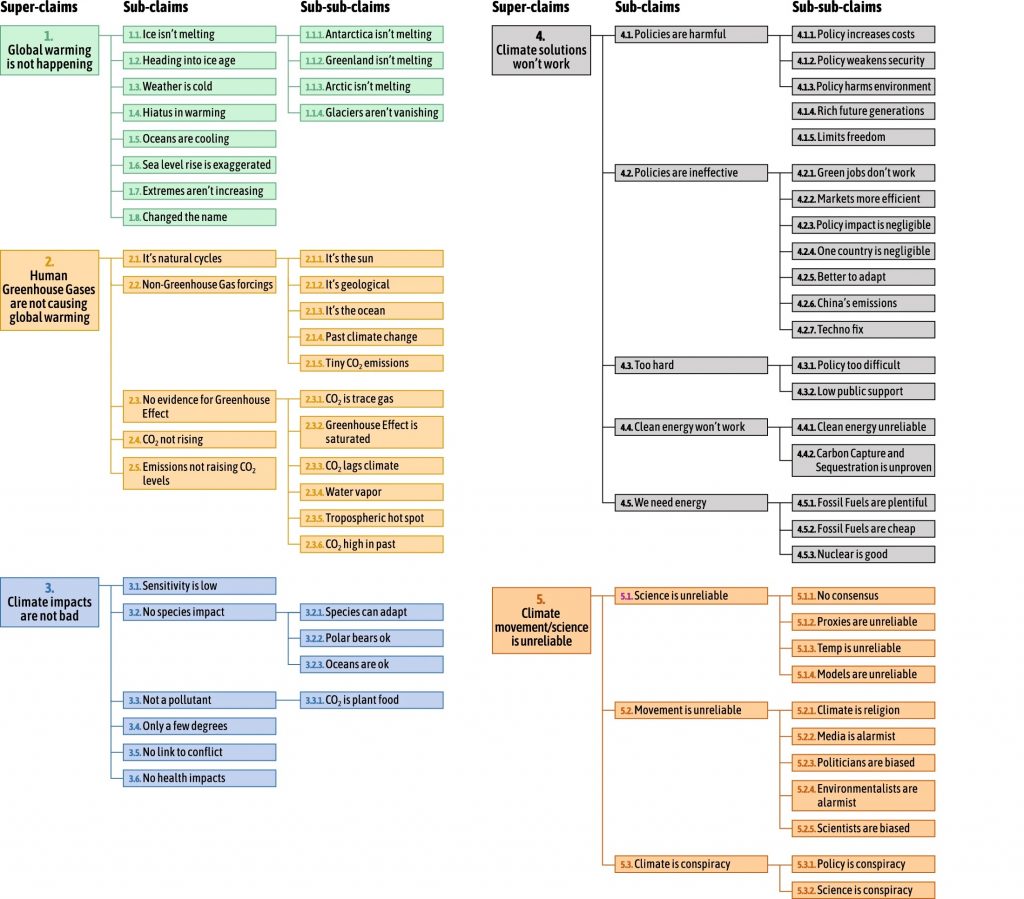
This is a version of the CARDS taxonomy that features in the latest climate communication science by Coan, T. G., Boussalis, C., Cook, J., & Nanko, M. O. (in press). Computer-assisted detection and classification of misinformation about climate change. Nature Scientific Reports.. If you do spot any climate misinformation in the press or online platforms, please do send it to us at hello@stopfundingheat.info or tweet us @stopfundingheat!
If you want an explanation of why it might be climate misinformation, you could check the website skepticalscience.com for some details. This website is a treasure trove of genuine scientific studies and commentary from climate scientists – a great launchpad for independent research. We can then highlight it across our channels and work to reduce climate change misinformation.
Let’s go through three examples from our research!
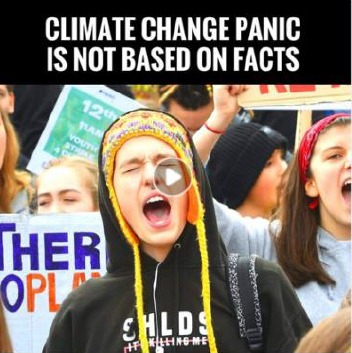
We start with a more obvious one – this was a Facebook advert originally found by InfluenceMap in their November 2020 report. Can you find which type of climate misinformation this is from the taxonomy above?
In truth, it could be several, depending on the “facts” that this advertiser is purporting to be true. But we can for sure say that it fulfils 5.2.4 environmentalists activists are alarmist. The advert seeks to discredit climate science – done by professionals for decades of their working lives – by building a strawman about climate activists needing to understand all of the scientific facts themselves. Cleverly, there is no mention of which facts are wrong – just a general assertion that they are wrong. We see this often – very few arguments actually put forward but asserted with a lot of emotion. Put together this creates a story of conspiracy – so depending on this Page’s other adverts and posts, you could argue it fulfils 5.3.2 science is a conspiracy too.
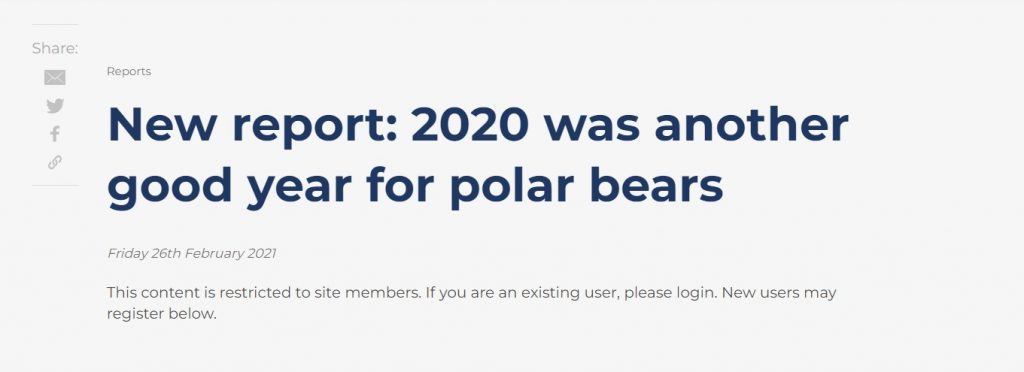
This report was written by a well-known climate misinformation group in the UK. Believe it or not, this logical fallacy is so widespread that it has its own place in the taxonomy – 3.2.2. polar bears are OK. Why is this climate misinformation? We can check the website skeptical science for answers. In brief, we can see that polar bear numbers, on the whole, are actually decreasing, even if in some (fewer) isolated areas they may be increasing or stable. This is why they are listed as vulnerable by the IUCN. What’s more, the impacts of climate change are not all immediate – as we continue to change the climate for the worse, polar bears will become increasingly endangered, even if in some cherry-picked areas they are not yet.
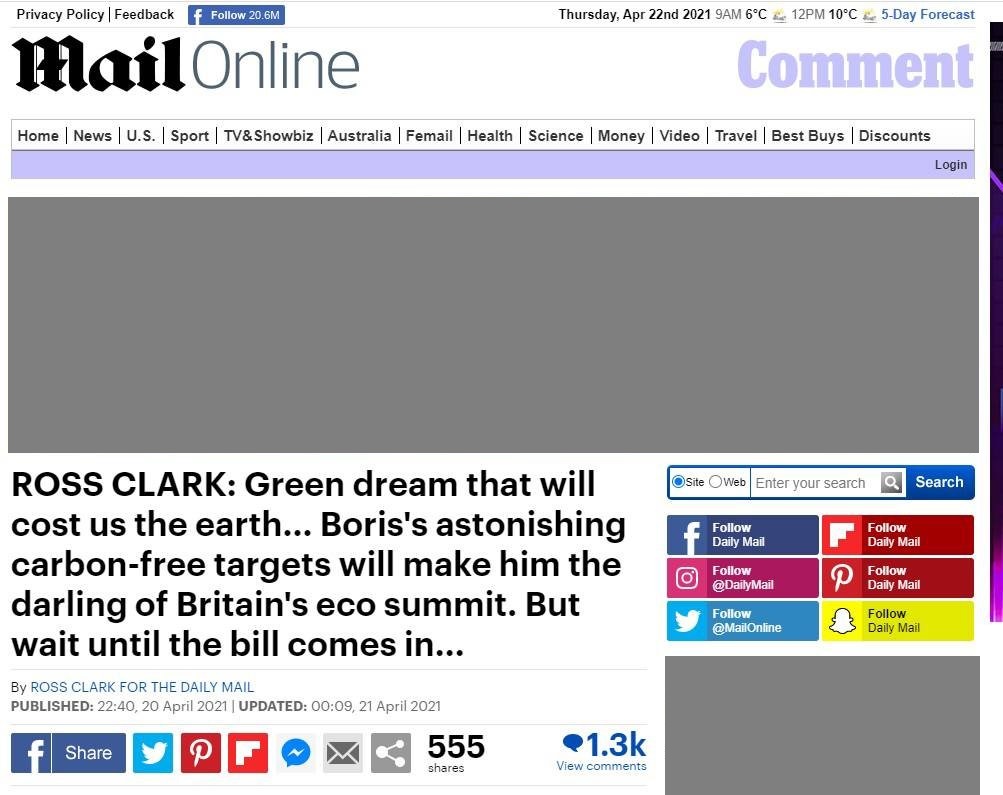
This story from the Daily Mail can look well-meaning, in defence of the poorest in our society; but its assertion that the cost of transition to clean energy and a green economy will definitely be too costly is making a huge leap. Is it climate disinformation? We cannot say it is intentional. Is it climate misinformation? Certainly – the CARDS taxonomy points to 4.1.1 – policy increases costs.
Get Involved with Stop Funding Heat
Can you help us spot and report on climate misinformation in the press or online platforms? Submit climate misinformation you find at this form, or contact us if you’d like to get involved. Additionally, download our supporters’ toolkit where you can learn how to inform brands that their adverts are funding climate misinformation.

